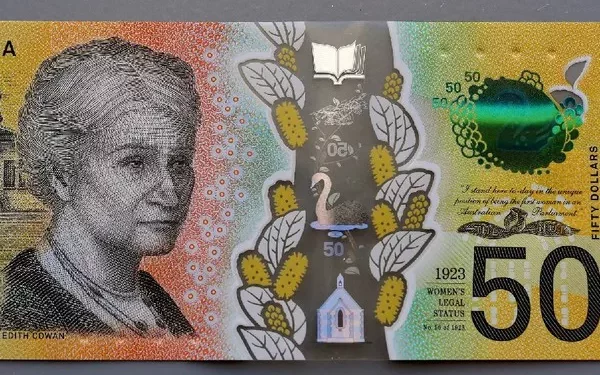The AUD/USD pair advanced on Thursday following the release of Australia’s soft Consumer Inflation Expectations. Former Reserve Bank of Australia (RBA) Governor Bernie Fraser criticized the current RBA Board for its narrow focus on inflation, arguing it risks severe employment consequences and recessionary pressures. Fraser recommended a reduction in the cash rate to mitigate these risks.
Support for the Australian Dollar (AUD) against the US Dollar (USD) was bolstered by improved risk sentiment following the release of the US inflation report on Wednesday. August’s US Consumer Price Index (CPI) data revealed a drop in headline inflation to a three-year low, though core inflation exceeded expectations. This data has increased speculation that the Federal Reserve (Fed) may initiate a 25-basis point interest rate cut in September. Investors are now turning their attention to the US Producer Price Index (PPI) and Initial Jobless Claims data, which are due for release later in the day.
Sarah Hunter, Assistant Governor for Economics at the RBA, noted that high interest rates are suppressing demand and may lead to a mild economic downturn. Despite this, the labor market remains tight relative to full employment levels, with slower employment growth projected compared to population growth.
Market expectations, as indicated by the CME FedWatch Tool, are firmly aligned with a 25-bps rate cut by the Fed in September. The likelihood of a 50-bps cut has sharply declined to 15.0%, down from 44.0% a week ago.
Australia’s Consumer Inflation Expectations eased to 4.4% in September from August’s four-month high of 4.5%. This decline reflects the central bank‘s efforts to balance reducing inflation with maintaining employment gains.
In contrast, the US CPI fell to 2.5% year-on-year in August from 2.9%, missing the expected 2.6%. Core CPI, excluding food and energy, remained steady at 3.2% year-on-year, with a monthly increase to 0.3%.
In other developments, former President Donald Trump and Democratic nominee Kamala Harris faced off in their first presidential debate in Pennsylvania, with Harris emerging victorious according to a CNN poll. The debate primarily focused on economic issues including inflation.
Morgan Stanley’s Chief China Economist, Robin Xing, reported that China is experiencing deflation and may need substantial stimulus measures to address the debt-deflation challenge. Australia’s Westpac Consumer Confidence fell by 0.5% month-on-month in September, reversing August’s 2.8% gain.
China’s Trade Balance reported a surplus of CNY 649.34 billion for August, up from CNY 601.90 billion previously. Exports increased by 8.4% year-on-year, following a 6.5% rise previously.
Technical Analysis: The AUD/USD pair is trading near 0.6680 and remains within a descending channel, indicating a bearish bias. The 14-day Relative Strength Index (RSI) is below 50, reinforcing this trend.
Support is seen around the lower boundary of the channel at 0.6600. A breach below this level could strengthen the bearish outlook, potentially driving the pair toward the support zone near 0.6575.
On the upside, resistance is encountered around the nine-day Exponential Moving Average (EMA) at 0.6694, with further resistance near the channel’s upper boundary at 0.6720. A breakout above this level could reduce the bearish bias and possibly lead to a retest of the seven-month high of 0.6798, last seen on July 11.
Related Topics:























